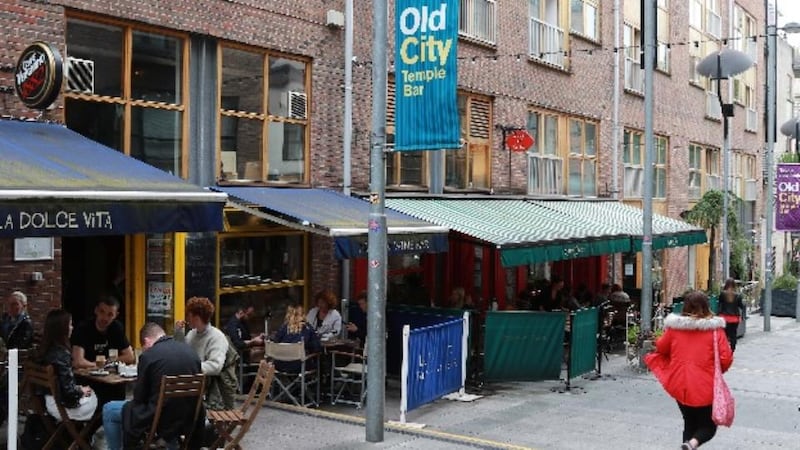The final nail in the coffin of Temple Bar Cultural Trust has not quite been hammered home; Dublin City Council must wait for legislation before it can fully rid itself of that troublesome body.
However, the decision to sell off the commercial assets of the trust and focus solely on the “cultural” enterprises of the area will, the council hopes, bring to a close a difficult chapter in the life of the capital’s cultural quarter.
The trust developed out of Temple Bar Properties (TBP), a State company set up in 1991 as a regeneration agency for Temple Bar, which had recently escaped the fate of being turned into a bus garage for CIÉ.

TBP had the power to compulsorily acquire buildings and had a remit to ensure that as many buildings as possible were refurbished and retained. So it became the area’s largest property owner and developer, with some 50 premises on its books, about half of which housed purely commercial enterprises.
After a decade or so redeveloping the area, the focus began to change from physical regeneration to developing its cultural output and, in 2006, it became Temple Bar Cultural Trust, with a new board appointed by Dublin City Council.
In the following years, city councillors began to query whether the trust should remain a separate entity to the council. In March 2011, Independent councillor Mannix Flynn tabled a motion to move the trust under the direct control of the council and the then city manager John Tierney agreed to commission a review of the organisation focusing on corporate governance standards, board representation and whether the trust was fulfilling its brief as a cultural promoter and enabler.
The review by Latitude consultants published in July 2011 recommended that the trust be wound up and subsumed into the council, largely to save money on salaries.
However, a council audit report published in March 2013 levelled more serious charges against the trust, including failures of corporate governance and “control weaknesses and/or regulatory violations [that] represent unacceptable exposure and risk” to the company.
The report found that board minutes and papers were “not available” in relation to certain financial transactions and the trust’s business plan for 2010 and 2011 was not approved by the board.
Financial procedures did not exist and the same external auditors had been acting for over 10 years “in contravention of good corporate governance”.
Things weren’t to get much better.
A trust-commissioned review of the audit by former Ibec chief Turlough O’Sullivan found that the board had “failed in its duty of oversight and governance by not enquiring into and satisfying itself that proper procedures were in place around financial transactions”.
In March last year council chief executive Owen Keegan announced the transfer of the trust's responsibilities to the council, thanking the outgoing board for their handling of what he said were the "very serious legacy issues".













